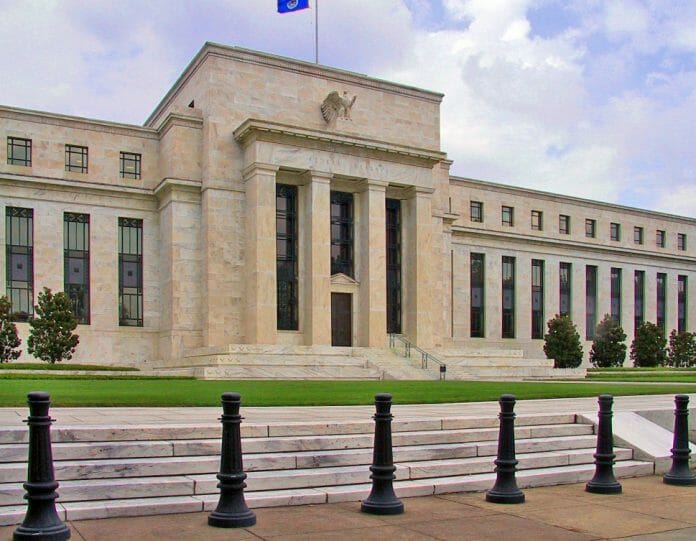We are all very hopeful the agreement on the US debt ceiling resolution will hold and make its way to law relatively quickly.
Where does that leave us?
Well, the further good news is that the Federal Reserve really does look like it wants to take a breather on its current and rather aggressive interest rate tightening cycle. This is certainly a major pressure-off for the market. As we have suggested previously however, it is more likely the Fed will raise interest rates following a 1-2 meeting pause, than it is to begin cutting rates.
The ongoing banking crisis, which is likely building to something far bigger than we have so far witnessed, remains a rolling crash scenario that looks impossible to avoid. Especially as it appears there is little appetite in Washington to wind back the 100% protection for the ‘banks too big to fail’ policy.
A cynic, not us, might wonder if this could have something to do with the heightened perilous state of the US economy and banking system overall. In a way the political-corporate elite have in fact now protected their own assets, as well at the big banks in establishing this policy.
The policy adopted absolutely ensures an ongoing hollowing out of the US banking system. Rapidly, methodically and with the power of a runaway freight train diminishing the role of small and medium-sized banks. Doing so across the nation. Inevitably shifting regional banks to holding the deposits at best of only small depositors.
The compliance responsibilities and wisdom of a business or corporation holding its cash reserves with limited only Federal Reserve insurance, as opposed to the clear alternative of full deposit insurance available at the big banks, is not something any board or business manager can easily ignore.
The shift of deposits from small and regional banks continues apace and will be permanent. Until such banks are left with no alternative, except to predominantly become providers of credit, having to pay far more for their funding from the too-big-to-fail banks.
This policy centralises financial control of the US economy to a previously unseen degree. Never before in the history of the United States has such an interventionist and extreme banking policy been brought to bear on the economy.
This is an important and crucial backdrop that we all wish would simply melt away over time. Yet, the exact opposite is far more probable.
The Fed finally seems to be recognising the full systemic risk to the banking system that is now ballooning. As the economy slows, deposits will dwindle in any case, but now they will race to a handful of banks.
The problems of the baking sector will be compounded by continuing high inflation forcing rates to remain high and higher for the foreseeable future. More banks will fail and the shift in the nature of banking will also tighten private sector credit considerably.
Our previous forecast of rolling every second or third meeting rate hike into year-end remains in place. Though, further banking stress and multiple bank collapses could see rates remain on hold for longer, perhaps for the next 12-18 months.
Rate cuts remain entirely out of the question while inflation remains anywhere near current levels. All I am suggesting here is that the risk to my still hawkish forecast of another 1-3 rate hikes this year, is that due to an ongoing banking crisis, it is possible the Fed will be stuck with no rate changes for an extended period of time in an environment of persistently high inflation and a sluggish to declining economy.
Current stock market valuations remain over-cooked even near historical averages and are likely to fall significantly through the rest of this year and into next.
Market commentary and analysis from Clifford Bennett, chief economist at ACY Securities









